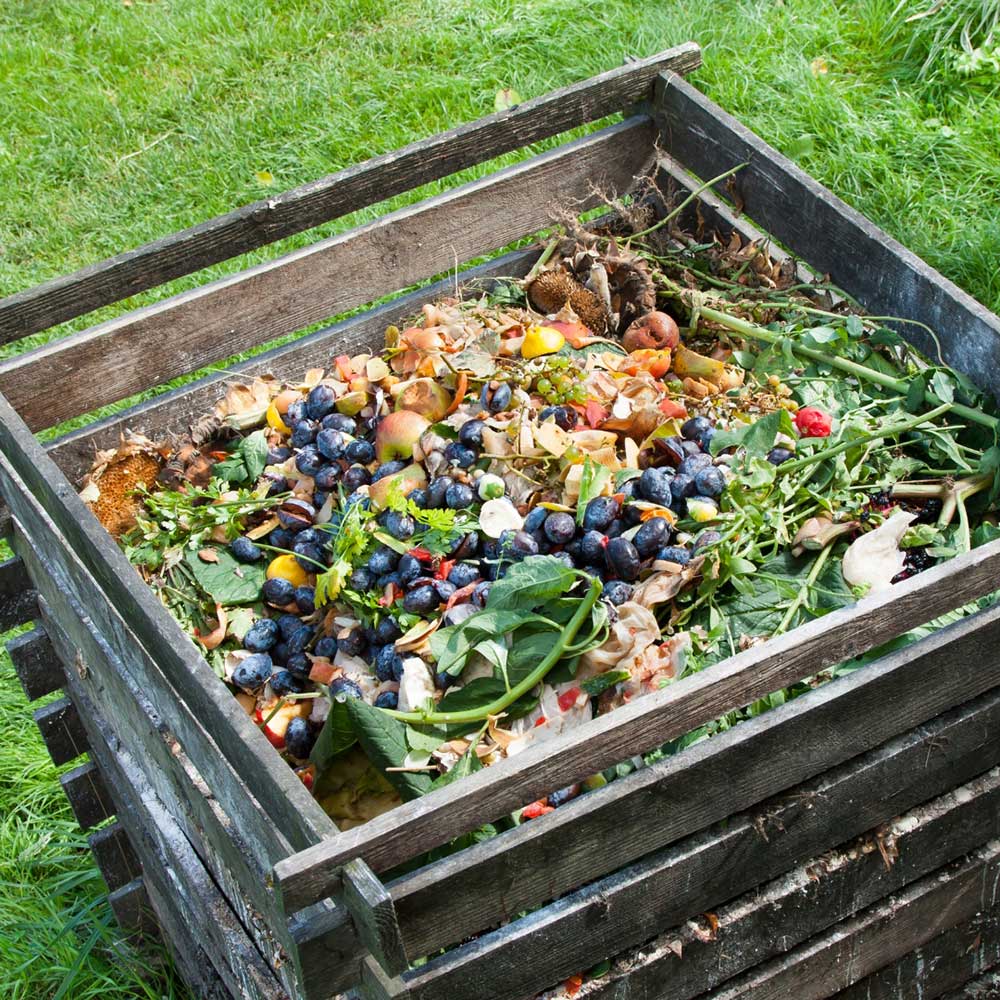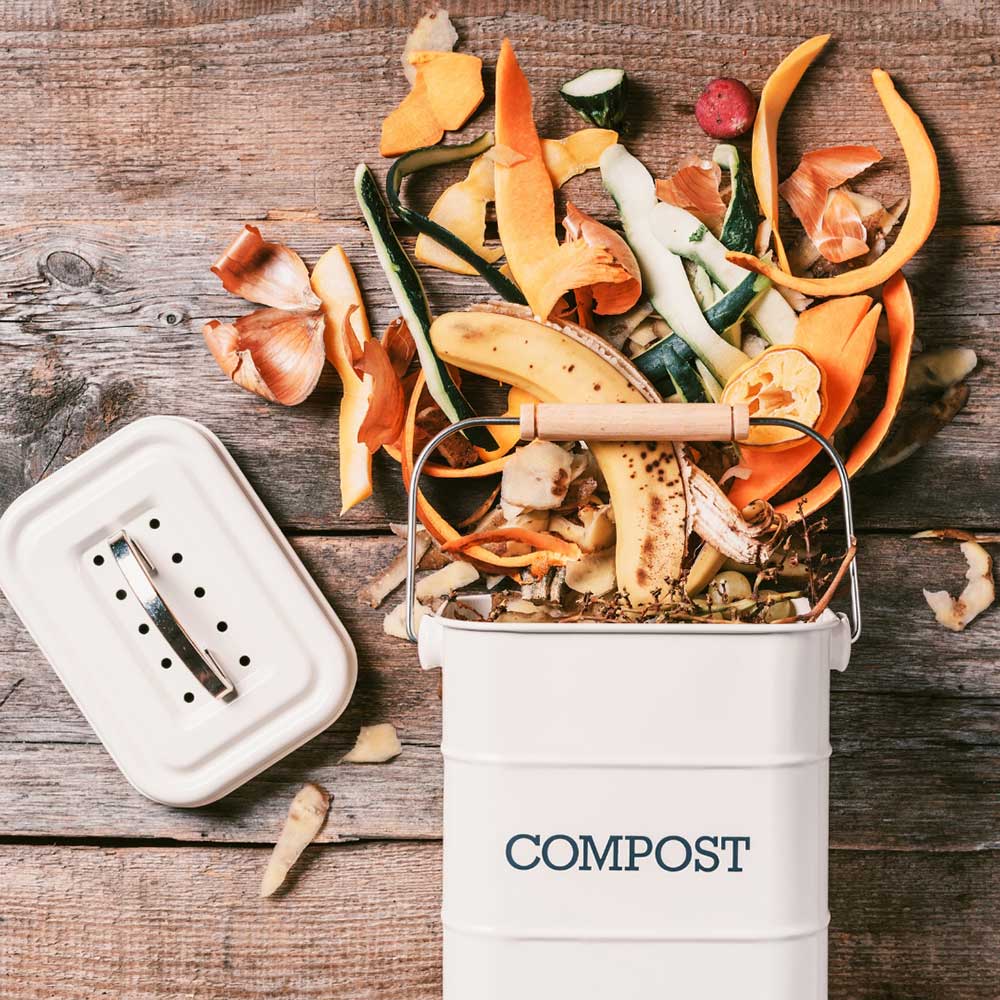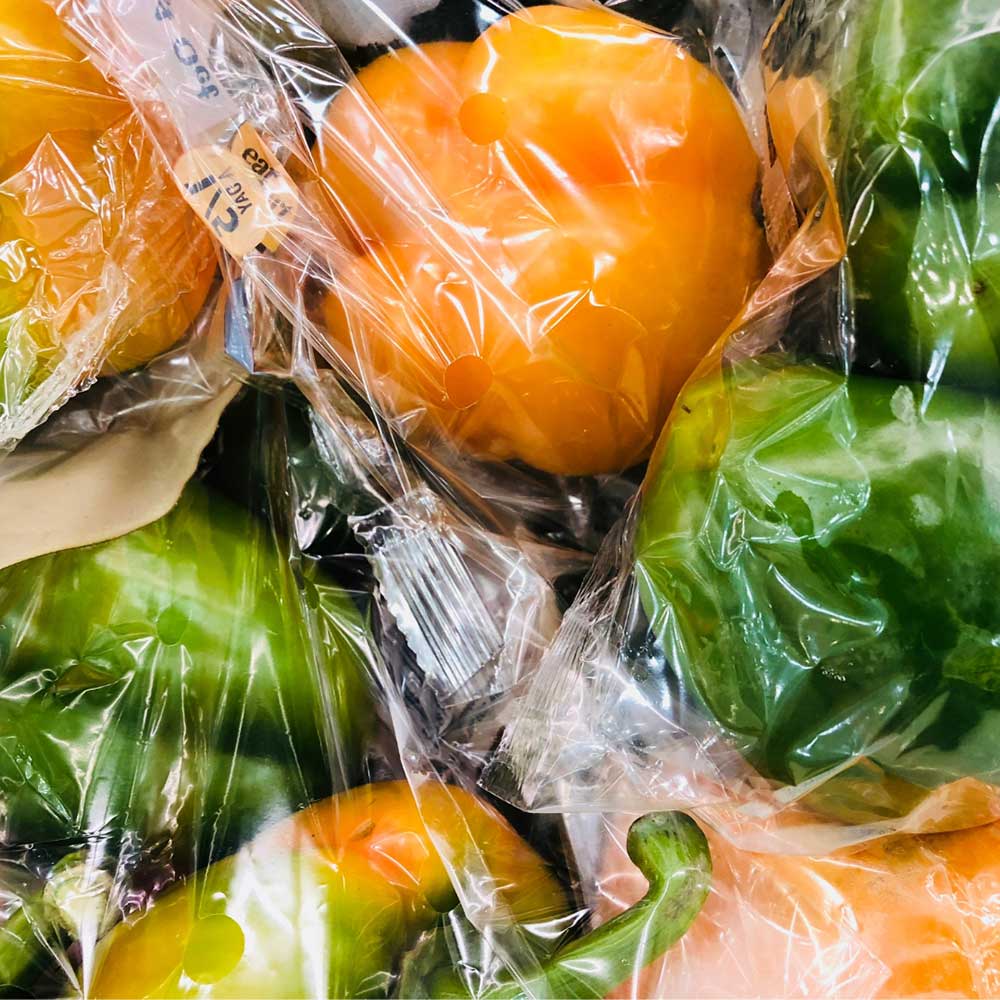There has been a huge boom in plastic alternatives and, with it, confusion about which products are genuinely eco-friendly. Here’s a quick run-down on common bag/packaging materials:
Know what you’re buying
-
Conventional plastic bags
Plastic bags are made from polyethylene (PE) - typically either high-density polyethylene (HDPE) or low density polyethylene (LDPE). Single-use plastic bags have been criticised (and ultimately legislated against) because their useful life is short yet take considerable resource to produce. Polyethylene is derived from natural gas and petroleum, and after being disposed of the bags hang around for hundreds of years clogging up landfills, polluting waterways or blowing into the bush. Mass production of soft plastic has left us with many billions of tonnes of waste - over 90% of which has never been recycled.
-
Compostable plastic bags
Often called bio-plastic, these bags contain PBAT, PLA and a plant-based polymer (such as corn-starch or sugarcane). Compostable materials are designed to degrade in moist conditions and return to carbon dioxide and water without leaving harmful residues in the process. Please note that all compostable products are not equal – some are only suitable for industrial/commercial composting and won’t break down adequately in your backyard compost. Look for home composting certifications to ensure you’re getting the real deal.
-
Degradable plastic bags
These are made from conventional plastic with a chemical agent added to speed up the degrading process. Degradable plastics have been legislated out in many states. They break down into small particles in sunlight and oxygen in approximately 2 – 4 years (dependent on environment) but have been attributed to microplastics.
-
Recycled plastic bags
The production of recycled plastic does not require additional fossil fuels making it much less intensive on the environment. Production is improving quickly and it’s now possible to make recycled products with comparable strength and performance as their virgin plastic counterparts. And they’re able to be recycled over again. How sustainable a recycled product is depends on where the raw material came from. Some 'recycled' products simply have a little pre-consumer plastic added Ie. virgin plastic offcuts or factory by-product (a great waste-efficiency measure but arguably not true recycling). When WE talk about recycling we mean post-consumer trash that’s been collected and given a second life.
-
Ocean plastic bags
Like regular recycled bags, these are made with raw material that’s been collected and recycled. What’s different about it is that the post-consumer trash has been collected comes from shorelines, waterways and coastal communities. This is referred to as ocean-bound plastic (OBP). It’s important to collect OBP, before it washes out to sea, because we now know that 80% of plastic in the ocean comes from land.
-
Paper bags
Humble and traditional, paper bags are made from the pulp of wood and were used for toting groceries long before the rise of single-use plastic bags. Paper bags have made a come-back because they’re recyclable and biodegradable. But they also use a massive amount of water to produce. Where possible, buy kraft paper that has been sourced from suppliers that support responsible forest management.
Consider end-of-life disposal
Before sending anything to landfill consider whether it can be reused or recycled. This mindset will set us all on the path of living more lightly – and can apply to everything from home and business consumables to food and fashion!
Plastics and packaging
The Department of Climate Change, Energy, the Environment and Water are aiming for 100% of Australian packaging to be recyclable, compostable or reusable by 2025.
Please visit:
www.dcceew.gov.au/environment/protection/waste
-

Home composting
Compostable bags should be filled with organic materials (like food scraps and green waste) and placed in your home compost pile to become nutrients for your garden.
See the SA Department for Environment’s beginners guide to composting: www.environment.sa.gov.au/goodliving/posts/2019/05/guide-to-composting
-

Industrial composting
There are around 150 commercial composting facilities in Australia. Some councils provide composting facilities through kerbside organic waste collection.
Contact your local council or the Australian Organics Recycling Association to find the nearest industrial composting facility.
-

Soft plastic recycling
There are limited options for soft plastic recycling in Australia. The best action you can take is to minimise your use of soft plastics (or chose compostable alternatives).
Visit Clean Up Australia for more info about the now ceased REDcycled program: www.cleanup.org.au/softplasticsrecycling
What can be composted?
Compostable household waste includes: vegetable and fruit scraps, grass clippings, leaves, coffee grounds, paper and cardboard (uncoated), crushed egg shells, pasta/rice, breads, nuts, seaweed, popcorn, toothpicks, bamboo skewers, tissues, nail clippings, cotton balls, dryer lint, hair, pencil shavings, flowers, and droppings from herbivorous pets.





